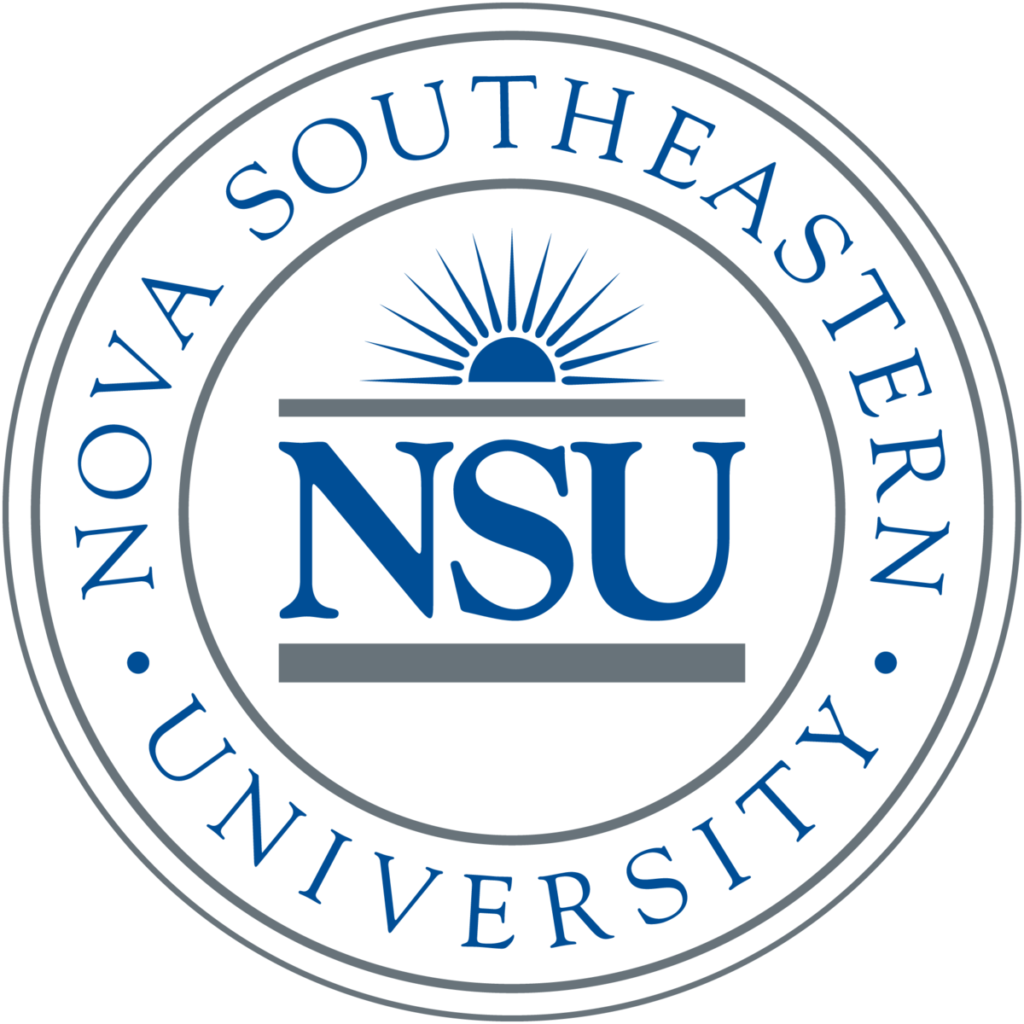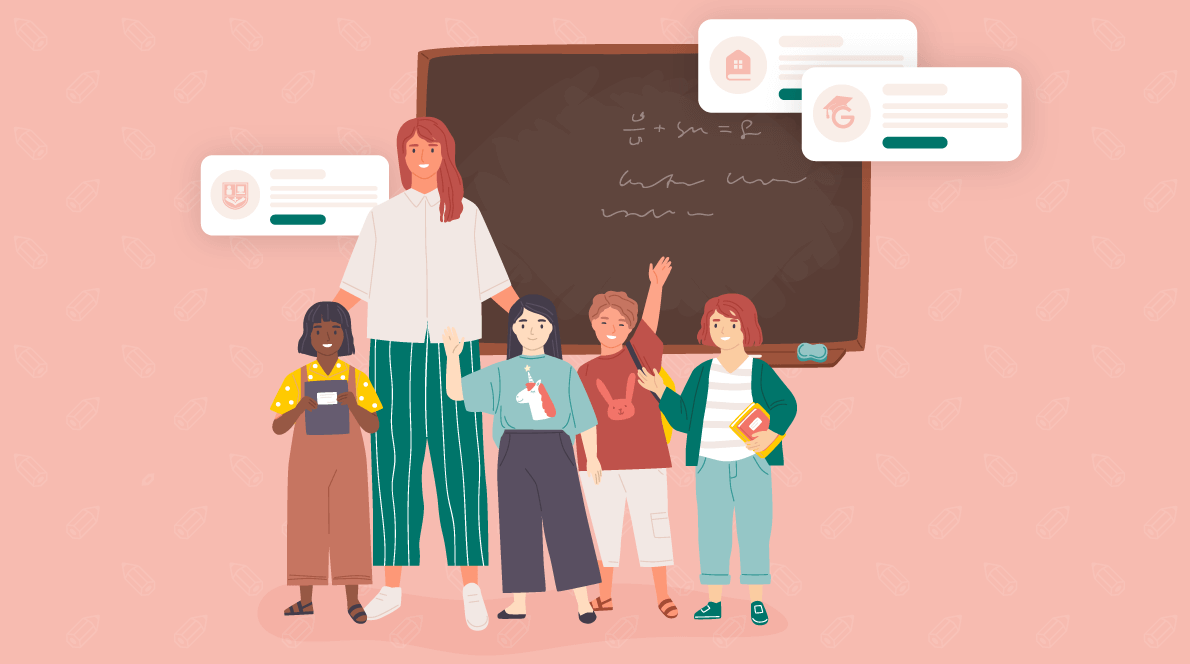
The Boston Latin School was established in 1635. It is the oldest school for public exams in America and the British Empire. It is also the oldest American school. Recent scandals at the school include racial test-taking policies and student activism. The Boston Latin School's racial equality quotas are a violation of the Constitution right to equal protection.
Boston latin School's racial discrimination violated the constitutional guarantee of equal protection
Federal Judge has ruled that Boston Latin School's use of racial equality quotas is in violation the Constitution's guarantee of equal protection. The case was started after the Boston School Committee voted against structuring admissions according to race in the 2000-2001 school calendar. The plaintiffs sought damages, equitable relief, and a declaration stating that the admissions practices violated equality protection.
The school had a policy that required it to allocate the final 45 seats to whites, blacks, Asians, and Hispanics. The black and Hispanic students were given preferential treatment over white students. The composite scores of minorities students ranged from 95th through 150th. Sarah was able to score higher than most other minority students.

Test-taking policy at boston latin school
The Boston Public Schools approved this summer the Boston Latin School's test-taking policies. It divides applicants up into eight groups. Each group competes with other students of similar backgrounds. The goal is for schools and families to share resources. The more wealthy families have been able to afford private test prep classes, and enjoy other academic benefits. As a result, they are better positioned to succeed at Boston Latin School and its sister school, the O-Bryant School of Math and Science.
Boston Latin School admits students on the basis of their Independent School Entrance Examination scores and other recent grades. However, a recent coronavirus pandemic forced the school to suspend its test-taking policy. School Committee will decide whether standardized tests are required.
Performing arts at boston latin school
Students at Boston Latin School's Visual and Performing Arts Department are exposed to a wide range musical styles. You can choose from beginner or advanced ensembles and there are also opportunities to participate in local competitions. Some students perform in theater and chorus. The Wind Ensemble was a winner of MICCA competitions.
Boston Latin School, a public school founded in 1635, is an institution for examinations. The school offers classes from 7th to 12th grades and strives for the education of the whole person. The school's curriculum is based on the Latin school movement. It was founded in 18th century and focuses on the classics to help educate the mind. For example, students must complete four year of Latin before they can move on to other subjects.

Student activism at the boston Latin School
Students at Boston Latin School are taking steps to eliminate racism and discrimination on campus. After a recent video that exposed racism in the school, students released a social media campaign to highlight the issue. The campaign was noticed by the mayor of Boston. School officials have promised to investigate the allegations of students.
The US attorney's new report has ignited a debate over the school's racial policies. The US attorney's office is conducting a separate investigation into the Boston Latin School after eight civil rights organizations filed a joint complaint on February 26. The suit claims that the school failed in its duty to address discrimination against minorities and harassment on its campus. A student threatened a black student with an electric cord and failed notify his parents.
FAQ
What's the difference between college and school?
Schools are organized by grades or classes. Each teacher teaches a particular class. Colleges offer more specialized programs, and many include university-level classes. The majority of schools focus on core subjects, while colleges offer more specialized programs. Both levels offer a variety of subjects to help students prepare for higher level study.
How much does homeschooling cost?
There are no set costs for homeschooling. Some families charge between $0-$20 per lesson. Others offer their services free of charge.
But homeschooling is not easy. It requires commitment and dedication. Parents must have enough time to devote to their children.
They also need to have access book, supplies, books, and other learning resources. Homeschoolers are often required to attend community events and participate in programs that complement their curriculum.
Parents must think about the cost of transport, tutoring, and other extracurricular activities.
Homeschoolers also need to plan for field trips, vacations and special occasions.
What does early childhood education mean?
Early Childhood Education is a field devoted to helping children develop into healthy, happy adults. This includes teaching children how to read and preparing them for kindergarten.
The goal of early childhood education is to help kids learn and grow by providing them with age-appropriate experiences.
Early childhood educators often have to assess each child's developmental needs. This helps to decide if a particular program would benefit each child.
Parents can interact with teachers and professionals who have had experience working with young kids through early childhood programs.
A key role in early childhood education is also played by parents. They must know how to properly care for their children and offer guidance and support when needed.
Parents are also welcome to participate in activities to help their children learn skills they will use throughout their lives.
While preschool education is sometimes called early child education, the term is also used interchangeably to describe daycare centers. Prekindergarten education starts around three years ago, and early childhood education is similar.
How much money does a teacher make in early childhood education? (earning potential)
A teacher in early childhood earns an average salary of $45,000 per annum.
But, salaries in certain areas are more than average. For example, teachers who work in large urban districts often earn more than those working in rural schools.
Salaries also depend on factors like how large the district is, and whether or non-degree-holding teachers.
Because they lack experience, teachers often make less than other college graduates. But their earnings can rise significantly over time.
What are the various types of early childhood education available?
There are many ways you can describe early childhood education. Here are some of the most commonly used ones:
-
Preschool - Children ages 2 to 5
-
PreKindergarten for children aged 4-6
-
Head Start/ Headstart for children ages 0-3
-
Day Care/ Daycares - Children ages 0 to 5
-
Child Care Centers - Children ages 0 to 18
-
Family Child Care – Children aged 0-12
-
Home Schooling - Children ages KG to 16
Statistics
- In most developed countries, a high proportion of the population (up to 50%) now enters higher education at some time in their lives. (en.wikipedia.org)
- They are more likely to graduate high school (25%) and finish college (116%). (habitatbroward.org)
- Data from the Department of Education reveal that, among 2008 college graduates, 92.8 percent of humanities majors have voted at least once since finishing school. (bostonreview.net)
- They are also 25% more likely to graduate from high school and have higher math and reading scores, with fewer behavioral problems,” according to research at the University of Tennessee. (habitatbroward.org)
- And, within ten years of graduation, 44.1 percent of 1993 humanities graduates had written to public officials, compared to 30.1 percent of STEM majors. (bostonreview.net)
External Links
How To
Where can you find a teacher job?
There are many teaching jobs available in public elementary and private schools.
To become a teaching professional, you will need to complete a bachelor’s degree program at any of the following universities:
-
A four-year university or college
-
A program for associate's degrees
-
Some community college programs are two-years long
-
These three types of programs can be combined
To be eligible for teacher certification, applicants must satisfy state requirements. These include passing standardized testing and completing an internship period.
The Praxis II test is required by most states. This test measures knowledge in reading and writing as well math skills.
Many states also require that applicants obtain a specialized licensure before being certified as teachers.
These licenses are issued annually by the state boards of education.
Some states grant licenses to applicants without any additional testing. These cases require that the applicant contact the state board of education to confirm if the license is granted.
Some states do not issue licenses unless the applicant has completed a master's degree program.
Individuals in other states can apply for licensure directly to their state boards of education.
There are many licenses available. They vary in cost, length, and requirements.
One example is that some states only require high school diplomas, while others require bachelor's degrees.
Some states require training in specific areas, such as literacy or child development.
Some states require candidates to have a master's degree in order to become licensed.
Many states will ask applicants for their prior employment information when they apply to become certified teachers.
You might mention that you have worked in another field on your application.
Regardless of your previous experience, most states will still accept you regardless.
You might want to list your job title, previous position, and years of experience.
This information is often helpful to potential employers.
It shows that they have relevant skills.
You may have gained valuable work experience and new skills while working.
You can showcase this to future employers by putting your resume in their hands.